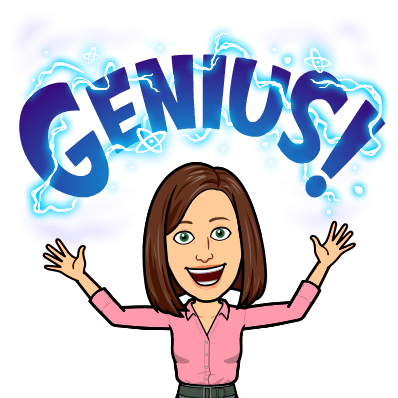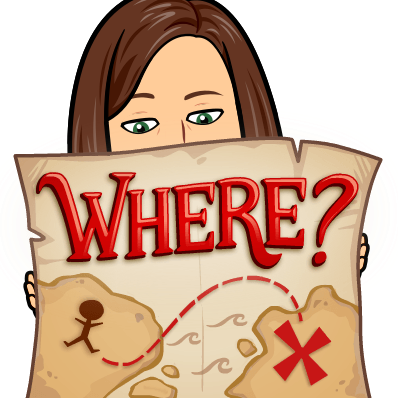
One thing I, and most language teachers, try to do is make my lessons as authentic as possible. One way I do that is by using realia (real-life objects, not materials made for teaching) as much as possible. I find this is especially important when teaching adult learners. Much more than my teenage and elementary students, my adult students want lessons that are practical and include language that is as authentic as possible. One commonly available piece of realia that I use is the business card. Here are a few of the activities we use them for.
Numbers 0-9
Finding activities for older learners to practice basic skills such as numbers is not easy. I have a few fun games for practicing reading and writing larger numbers, but not as many for single-digit numbers. One that works well, though, is one for which we use business cards. It’s also another example of game smashing (combining pieces of other activities/games to make a new one). To play this game, I use a commercial game board and pieces. Some of our favorites are Chutes and Ladders, Trouble, Candy Land, and Sorry, but you can use any game board and pieces–you don’t even need the same board for every group, just so each group has one. Each group will also need a variety of business cards. These can be placed in a face-down pile or put into a container of some sort (I’ve found an empty tissue box works well). On his/her turn, the active player takes a business card and states a sentence: “The phone number for Pretty Garden Florist is 249-034-0682.” Or “Pretty Garden Florist is located at 3478 Main Street.” He/she then rolls (or pops or draws a color card…) and moves his/her piece.
What I Can Buy
A common unit theme for level one books is shopping. Students usually practice community places, nouns, and the simple present tense. Another game smash activity, What I Can Buy, is a fun practice to go along with this unit theme. As before, besides a set of business cards, you’ll need a game board and a set of playing pieces for each group. If you don’t want to use classic game boards, you can use the Zig Zag Game Board Template (free download below the picture), which I use for many games. On his/her turn, the active player draws a business card. This time, he/she states an item that can be bought or a service that can be arranged at the location, “At Bill’s Garage, you can have your car fixed.”
More advanced students can have a conversation in which the student whose turn it was previously pretending to be a business employee, and the active student pretends to be a customer. The active student asks questions and makes a purchase or arrangements to have a service performed. I encourage my students to try and talk for at least thirty seconds before rolling and moving.
Directions Around Town

This final game is not new; I first introduced it in October 2022. To play, you’ll need the same items as the previous activities (business cards, game board, and playing pieces) and maps of your community (usually available at the local tourist office or from the local business association). It, too, practices some needed vocabulary, this time giving directions and prepositions.
I’ll let you read the original post for the full directions and just give you the short version now. To play, use an extra playing piece and put it on the map at a random location. The active player draws a business card, locates the business on the map, and then gives another player (who moves the piece on the map) directions to get to the company. This can also be combined with either of the above tasks of reading off contact information, stating what might be purchased at the location, and/or roleplaying a conversation that might take place at that business.
Conclusion
So, how do I obtain all of these business cards? As I’m going about my daily life. I pick up business cards whenever I’m out shopping, running errands, or accomplishing routine tasks such as having my car serviced. I only need a few from each location, and business owners are always happy to help. Since my family and friends have learned about the many ways I use them (another piece of “trash” that is actually a teaching treasure), they collect them for me, as well. Start your collection and try one or more of these activities. Happy teaching, everyone!

